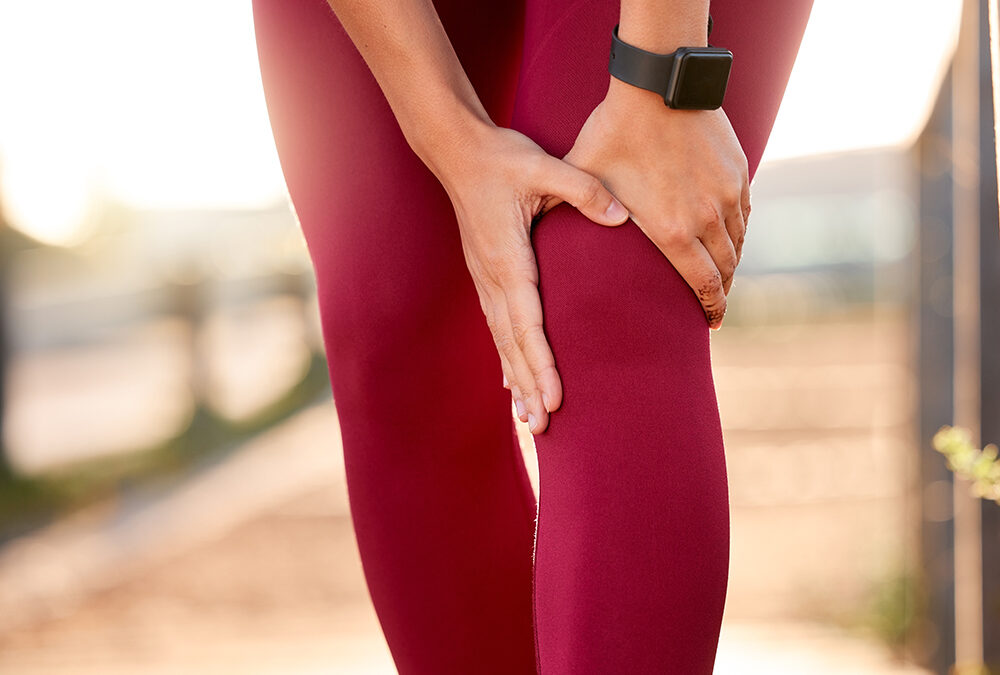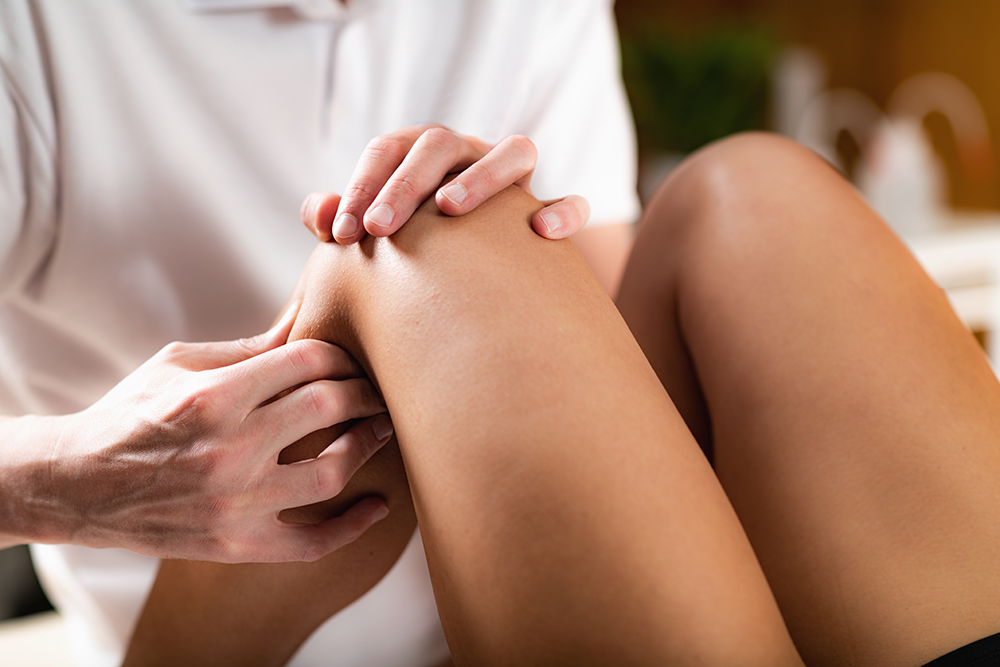Contents
When you think of knee pain, you might think of the ache you feel in your knees when you squat too long or when you jump on a hard surface. But for many, knee pain comes from an activity that millions of people do every day: drive.
There are more than 230 million licensed drivers in the U.S. Many people rarely go a day without driving, whether that be commuting to work, running errands or visiting friends nearby. Did you know that driving could be the root cause of your knee pain? The good news is that there are many tips and tricks that are backed by physical therapists to alleviate your knee pain while driving.
5 tips to alleviate knee pain from driving
There are several reasons why you may be experiencing knee pain while behind the wheel, but it often stems from poor posture, extensive amount of time in one position or repetitive tendon strain due to foot movements on the pedals.
It’s important to note that there’s no cure for knee pain from driving, but the right tips and treatments can help.
If you’re experiencing knee pain while driving, here are a few tips from physical therapists that can alleviate it. Some of these may require the guidance of your physical therapist.
- Take a break — If you’re driving just a few blocks away, chances are that you won’t have an issue unless you have a previous knee injury or medical condition. But for long drives or road trips, taking regular breaks is one of the best ways to both prevent and reduce knee pain. Pull over at a rest stop to stretch your legs and take a short walk to improve blood circulation.
- Adjust your seat — Ergonomic adjustments to your driver’s seat can make a big difference in preventing knee pain while driving. Your seat should be set so that your spine is in a neutral position while reducing strain on your knees. Your knees shouldn’t be bent at more than 30 degrees. Not only can having your knees bent for too long cause pain, but so can having them too straight.
- Invest in support — If you spend a lot of time behind the wheel, look into supportive cushions and devices that can reduce the strain and discomfort on your knees. Seat cushions and back supports can help decrease the risk of knee pain while improving your posture to help your back, neck and shoulders as well. Ask your physical therapist about the type of support they recommend.
- Fix foot pedal placement — When you’re trying to maintain proper knee alignment to reduce strain while driving, it’s important to consider the placement of your foot on the pedals. Try to improve your foot pedal placement by making sure it rests in a natural position without excessive angling. Poor foot placement can add strain to the knee while pressing down and releasing the pedal.
- Use the RICE method — The RICE method is a tried-and-true pain management technique for good reason. If you’re feeling knee pain from driving, then you should lie down after the drive. It’s important to rest, ice, compress and elevate your knee when it’s in pain to reduce potential swelling and inflammation. It’s a good self-care option that will speed up the recovery process.
If your knee pain is a consistent or worsening issue while driving, additional physical therapy support may be necessary. You can practice these tips between sessions and after treatment is over to reduce the risk of future pain.
Why it’s important to address knee pain from driving
When it comes to knee pain, it can be easy to think that it will just go away with time. While that may be true in some cases, you don’t always want to shrug it off as no big deal, as driving is likely an essential part of your day-to-day life. Without addressing the knee pain and taking steps to prevent or reduce it, you’re risking the pain becoming worse with each drive. It can have a lasting effect on your overall quality of life outside of your car, such as reduced mobility and stiffness.
Knee pain from driving that’s left untreated can also lead to an injury known as patellar tendinopathy, or “jumper’s knee.” It refers to an inflamed patellar tendon. The patellar tendon connects the kneecap to the shinbone. The repetitive foot motions from driving, such as pressing the brake and clutch, can damage the tendon, causing pain, swelling and tenderness.
Lattimore PT can help you experience lasting relief from knee pain
While incorporating ergonomic adjustments and knee support into your driving routine can be helpful, you should seek a physical therapist to not only alleviate ongoing pain, but also improve the overall quality of your knee and alleviate symptoms of injuries, such as patellar tendinopathy.
With personalized treatment plans that include soft tissue manipulation, joint mobilization and targeted exercises, Lattimore PT can help you alleviate your current knee pain and reduce the risk of having issues in the future when you’re behind the wheel.
Contact our team today for more information or to schedule an initial appointment.


